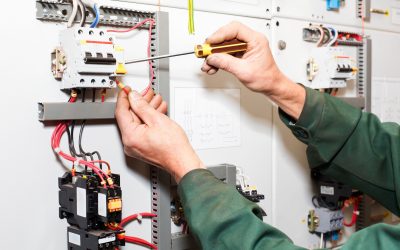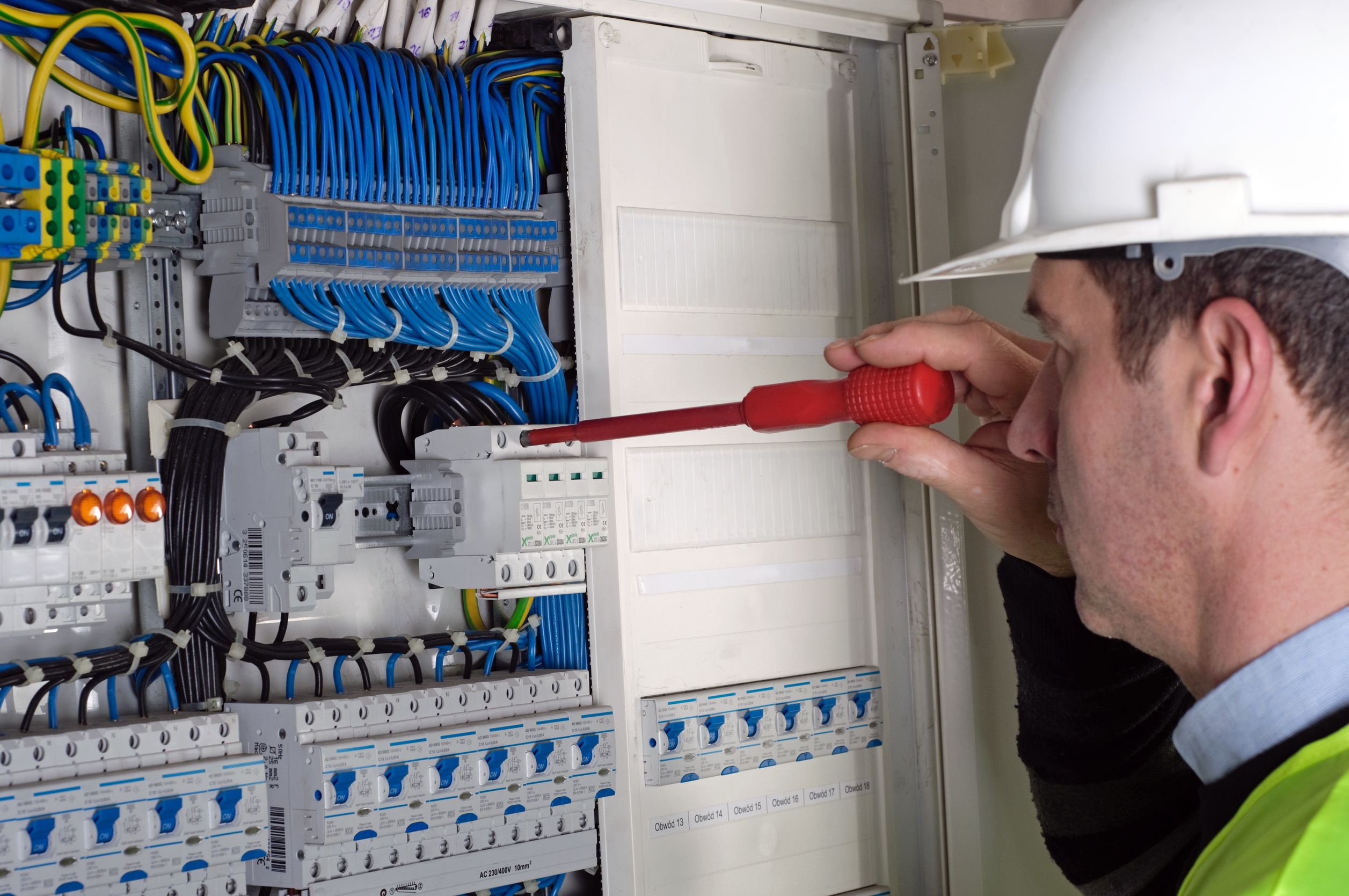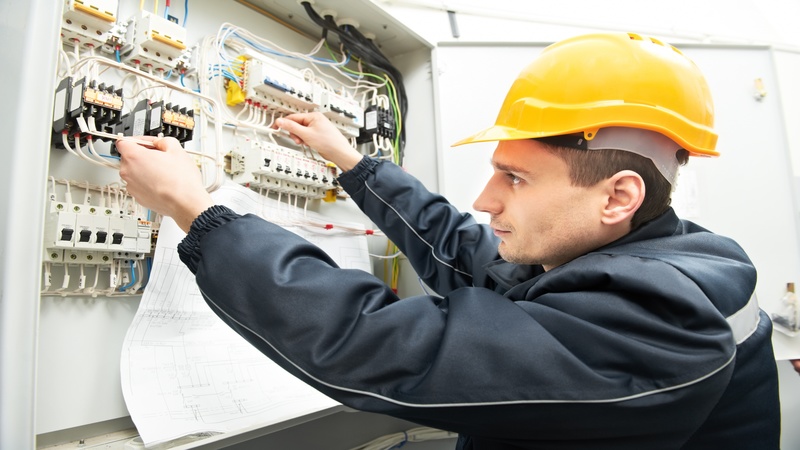Cars are complex machines with their own internal environment. An environment which, as it turns out, is highly regulated when it comes to temperature. A car thermostat monitors the amount of heat contained within the engine and is actually able to cool it when it begins to get too hot. With a highly necessary and very important job such as this, having a thermostat in healthy, working condition may be a priority for any car driver. Here are three ways to keep automotive thermostats healthy and thriving.
Check Cooling System
The first step to keep a thermostat in shape is to regularly make sure the cooling system is working. This can mean monitoring the coolant in the car and refilling it if it’s low. Having a proper amount of coolant in the engine can be very important, as antifreeze keeps the radiator and engine in working condition. Using top quality antifreeze can help ensure the engine is able to start during the colder winter months. If it’s very cold, it may take up to ten minutes after the engine is started for the antifreeze to reach the temperature required. Only then can the thermostat detect the heat and allow the coolant to enter the engine.
Prevent Overheating
To keep a car and thermostat running efficiently, stopping the engine from overheating can be crucial. Automotive thermostats are in the engine to monitor and regulate the heat from the fuel’s combustion in the engine. They do not add any heat. However, should the engine overheat, it can harm both the engine and the thermostat. Ways to prevent destroying an engine or thermostat can be deceptively simple. Watch the antifreeze levels, making sure it’s a blend of half water and half antifreeze. Furthermore, damaged parts can cause problems, such as a dirty radiator, malfunctioning water pump, or defective pressure cap.
Test It
Should an engine end up overheating anyway, it can thoroughly damage a thermostat, rendering it inoperable. Testing an automotive thermostat can be a good way to detect whether it’s still functioning. Simply boil the thermostat in plain water for around 3 to 5 minutes. If it stays closed and refuses to open, it may have been impaired by an overheating engine. An engine without a functioning thermostat can burn up to 20% more fuel and may not run properly.
Engines may be considered the “heart” of the car. If engines are running well, the rest of the car may run well, too. In order to keep engines running clean and efficiently, keeping automotive thermostats functioning can be very important. For more information, visit the website.


